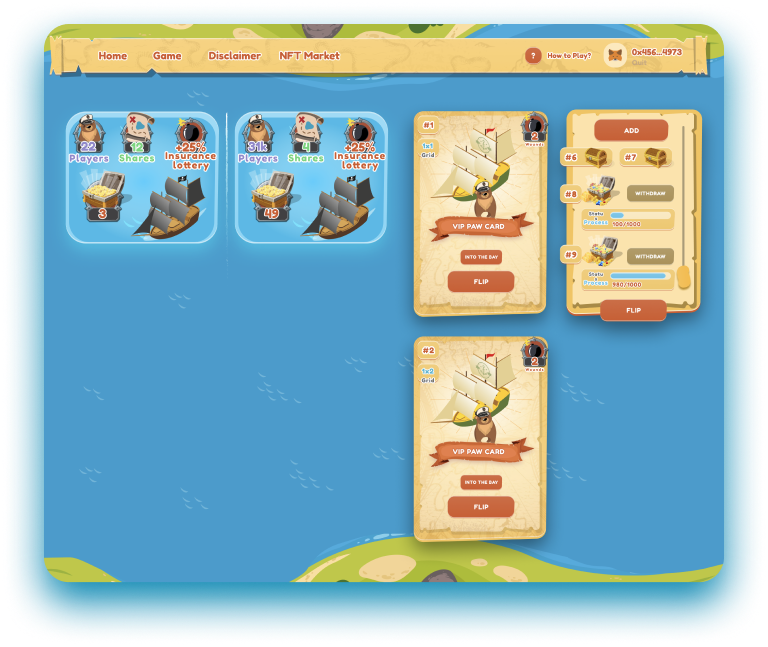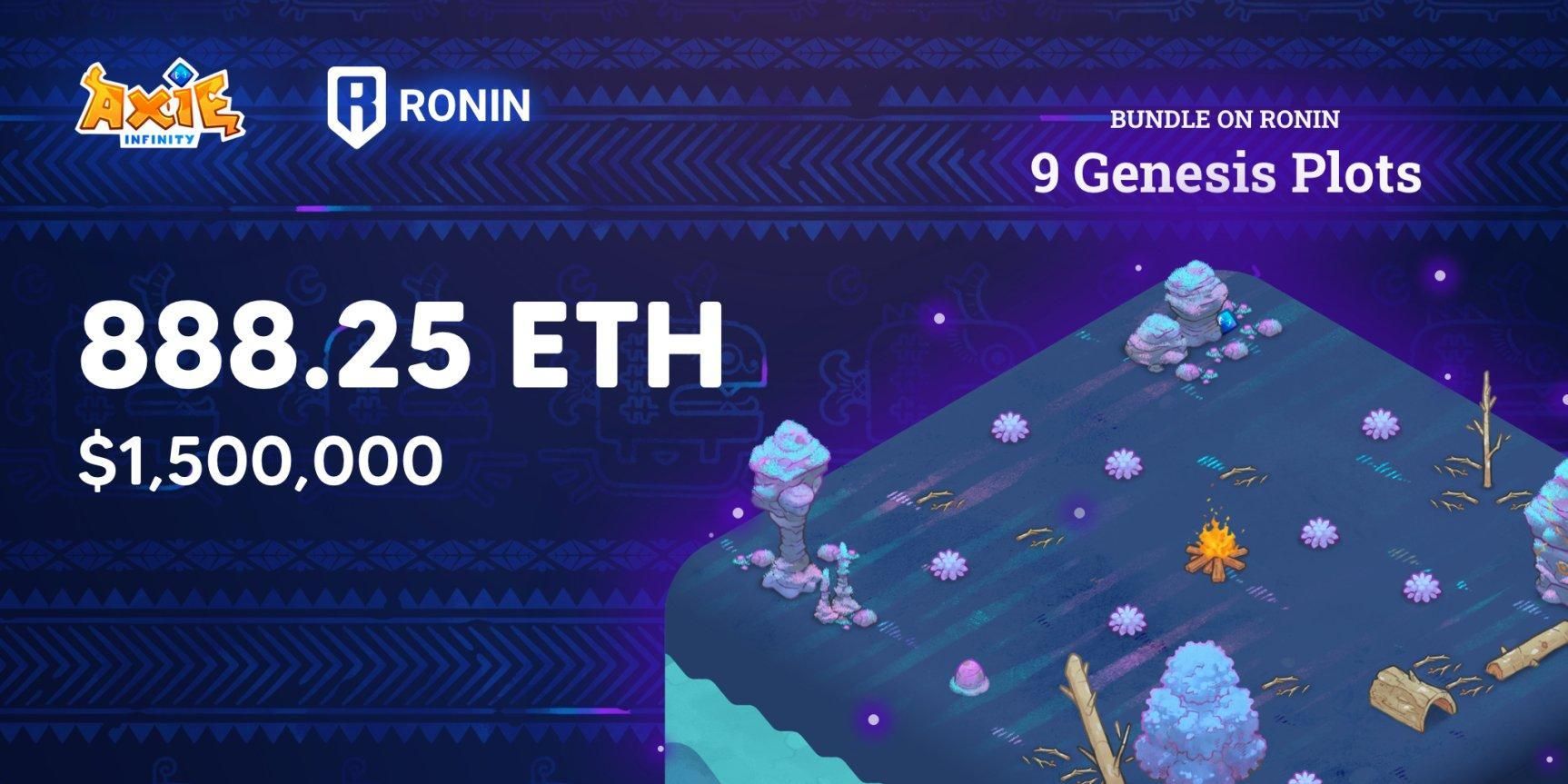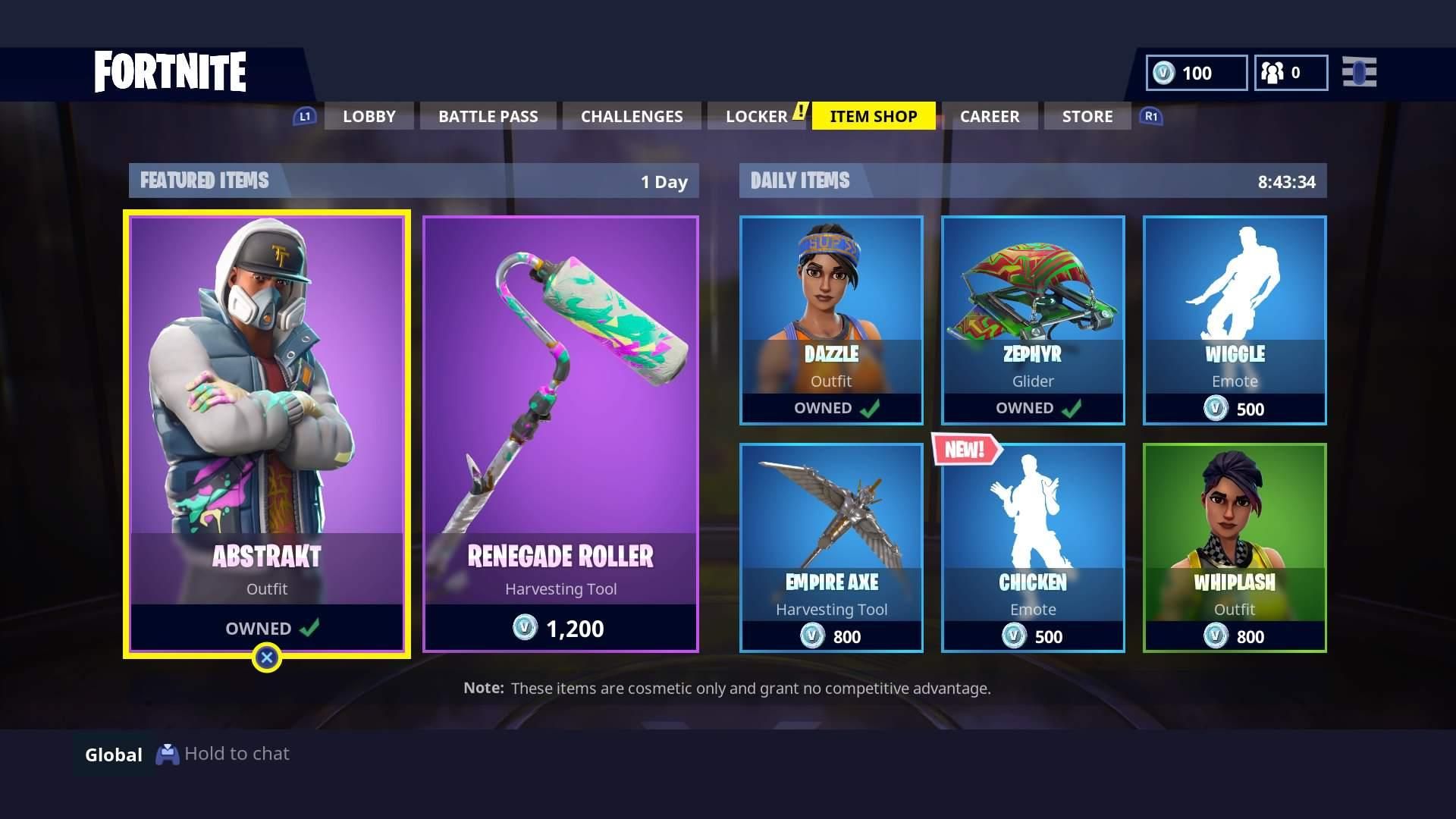As digital artists onboard blockchain technologies in order to sell NFTs, we can expect to see a major shift in the video gaming industry as well.
Just four years ago, Jamie Dimon, the head of one of the world’s largest banks, JP Morgan, called bitcoin (BTC) a fraud. In the current year, JP Morgan’s top executives call for involvement in cryptocurrencies.
At the same time, their financial analysts project bitcoin to rise above $100,000 and supplant gold as a real asset hedging against inflation. Needless to say, the past year has been tremendous for bitcoin.

As the mainstreamer of blockchain technology reaching over one trillion market cap, bitcoin opened the entryway to the entire ecosystem. Meanwhile, ethereum’s (ETH) blockchain has one big advantage — programmability in the form of smart contracts.
These computational pieces of code auto-execute on the Ethereum blockchain, making it possible to create:
- automated market makers (AMMs);
- decentralized exchanges (DEXs);
- borrowing and lending DeFi protocols;
- yield farming — earning interest rates based on stakes in liquidity pools within AMMs.
Altogether, the decentralized finance sector currently holds over $40 billion locked-in assets. This accounts for two major forces popularizing blockchain technology — bitcoin and DeFi dApps.
A third major blockchain driver has also seen deep market penetration in the last year — non-fungible tokens (NFT). These are digital collectibles from a variety of sources, minted by smart contracts on NFT marketplaces as unique, incorruptible, and traceable.
In fact, NFTs might be more important to mainstream blockchain than DeFi protocols emulating banking products and services. The latter can be quite a boring subject, but when popular artists like Beeple sell a single NFT for $69 million, the power of such sensationalism cannot be overstated.
We are already seeing this effect, as even Taco Bell fast food chain joins the NFT party.

The constant parade of headlines, in which popular figures make astronomic NFT sales, will apparently expand the usage of dApps running on Ethereum.
This brings us to the fourth driver of blockchain market penetration — video games — inextricably linked to NFTs as most of them are gaming related.
Where does blockchain fit in the gaming industry?
While NFTs provide the most recent bread and butter of journalism — sensationalism — video games have a much longer history for blockchain use cases in the form of microtransactions.
Nowadays, the biggest games are so-called free games with an elaborate monetization model. Fortnite is leading the charge in this arena with a $2.4 billion revenue in 2018 and $1.8 billion in 2019.
However, large games like Fortnite and Roblox have in-game currencies that serve as a bridge to fiat currency conversion, V-Bucks, and Robux, respectively.
They have a fixed price in relation to the U.S. dollar and other fiat money. For example, Fortnite’s 1,000 V-Bucks would cost you $7.99, while Roblox’s 800 Robux would take $9.99 from your bank account, at the time of writing.
However, such mainstream super-popular games still don’t have full-blown marketplaces. Mostly, they rely on item shops and selling of game accounts via Discord servers. Likewise, there are thriving black markets for Roblox (RBXPLACE, RBXFLIP, RBLXSHOPPING).
From this, we can conclude that:
- There is a great demand for decentralized marketplaces, which can run without having to rely on someone buying and maintaining a server.
- There is a great demand for a modular marketplace solution that can be plugged into a game, so that developers don’t waste development resources on creating something from scratch, over and over again with each new game.
- Developers lose money when players go to grey markets to trade in-game assets, so it is in their interest to use proper DeFi marketplaces.
- When developers are on large, centralized, publishing platforms, they also lose money when selling DLC and other in-game items. For example, Steam’s community market fee transaction is currently 5%. In contrast, an NFT marketplace like Rarible takes 2.5% off sales.
Not only is blockchain ideally poised to supply such solutions, but NFT marketplaces can already be plugged into a game’s lifecycle.
NFTs as a game funding model
NFTs can themselves serve as an engine of game development. Developers receive their much-needed funding, while buyers of their NFTs get a piece of gaming history, which may become small fortunes if the game turns into a successful venture.
Bear Games is one such company, fusing blockchain with game development. Their initial NFT offering (INO) raised $100,000 worth in NFTs for their upcoming DeFi game called BEAR NAVY Vs. Pirates (BVP).
DeFi games are types of blockchain games that have a gamified yield farming system, so it doesn’t feel like a chore when you earn money via interest rate.

The raised funds via NFTs will not only go into BEAR NAVY Vs. Pirates but also into a more ambitious project. “Games and Gain” will be the team’s decentralized gaming platform, hoping to become the go-to place for cryptocurrency and decentralized finance gaming. Self-explanatory, the upcoming games on this platform will net you gains while gaming.
They will follow the principle of play-to-earn as you receive your share of fungible tokens accessible to players holding VIP PAW NFTs. Of course, the fungible tokens are swappable on a DEX like Uniswap, which can then be off-ramped into fiat currency.
This certainly represents a more elegant solution than selling accounts and opening black marketplace Discord servers.
Harnessing NFTs to achieve massive gains
While Bear Games is just gaining momentum, other games have already harnessed their NFTs to achieve massive gains. Sky Mavis studio, with their Axie Infinity, is exceptionally popular.
It owes this to a pleasant and cheerful artistic style reminiscent of the mega-popular WAKFU franchise. More importantly, Axie achieved $9.6 million in trading volume, earlier this year.

In Axie Infinity, players build kingdoms while managing an ecosystem of wild fantasy creatures called Axies. Both land plots and creatures can be bought as NFTs.
The land plot you see above topped the charts as the fifth most expensive NFT sold so far. However, this is another blockchain game that can become a source of daily income.
Thanks to Axie’s in-game items called SLP (Small Love Potion), which you can earn by playing daily quests, you can then sell them on Uniswap for other tokens that lead to fiat currency.
This is the power of blockchain games — in-game resources equate to real money. The same cannot be said for previously mentioned gaming studios that seek and destroy unsanctioned item marketplaces.
Cometh is a similar DeFi game but with a twist. Placed in a sci-fi setting reminiscent of 1980s games, the player is in charge of astrominers, with the goal of getting close to bountiful asteroids, which are randomly generated by a smart contract called Cometh Generator.
Instead of mining ore from them, you mine tokens until you exhaust the asteroids.

Each astrominer is also an NFT, varying in its capability to mine tokens. So far, Cometh’s top player earned $8,172.
As you can see, each DeFi game has its own style and way to earn real money via swapped blockchain tokens. However, the big question is, how popular are they, and what can be done to make them more enticing?
The iconic Atari certainly believes it can leverage nostalgia to prosper within the new space of NFTs and cryptocurrencies, with its released Atari VCS mini-console.
Blockchain games are still a niche product
When we look at integrating blockchain with gaming, it becomes apparent that niche projects like DeFi games leverage a fraction of the gaming audience compared to mainstream games.

For example, the tenth game ranked on the largest gaming platform, Steam, has more average monthly players than the first game ranked on dApps’ list of games.
Sponsored SponsoredWhile this is not too bad considering that dApps only took the public spotlight during the last year, in this transitional period, it will make more sense for developers to integrate cryptocurrencies and smart contracts in a modular manner.
Without directly interfacing blockchain infrastructure with games, you can still use your BTC wallet to buy games and cosmetics on all the most popular platforms. Paxful allows you to buy discounted gift cards with bitcoin, which you can then redeem in the stores.
Nonetheless, this represents the most superficial contact with cryptocurrencies. It is clear that game development studios would benefit from the lower costs and greater control DeFi protocols present.
At the same time, investing development time in learning different dev stacks unrelated to gaming presents an expenditure that may tilt the balance for the foreseeable future.
Breaking through blockchain isolation
To make in-game monetization and tokenization readily available, developers will most likely start to take advantage of third-party networks. One of the most promising ones is the Enjin coin (ENJ).

Launched in 2018 by Maxim Blagov and Witek Radomski, Enjin makes it possible for game developers to tokenize their in-game assets on the Ethereum blockchain.
Its maximum supply is one billion ENJ coins, presenting itself as a store of value. Indeed, every NFT token minted on the Enjin blockchain absorbs ENJ coin, which is then removed from circulation.
This means that Enjin is deflationary, just like bitcoin, gives NFTs a reserve value, and provides liquidity. Furthermore, if you don’t want to hold an in-game asset anymore, it can be “melted,” which returns its value in ENJ tokens.
Of all utility tokens currently rising in popularity, Enjin seems like the most effective solution for in-game asset tokenization and monetization.
However, this still leaves one big issue – blockchain isolationism. Last month, we saw the first real-world scenario of linking blockchain to non-blockchain assets. Synthetix platform uses Linkchain (LINK) to connect the two different infrastructures by utilizing oracles, third-party services that feed on-chain smart contracts with off-chain data.
A major blue-chip stock, Tesla, has been listed on Synthetix as a synthetic stock. Meaning, you can now trade this stock on a permissionless, decentralized protocol that even allows for shorting. Needless to say, such a development eliminates the deplatforming of retail traders as it happened with Robinhood.
Kain Warwick, a co-founder of Synthetix, had already announced a crypto NFT game that will take advantage of the platform called Illuvium.
With the deployment of these technologies, it is not difficult to see that adoption among game developers will present itself as the main obstacle. In the meantime, as Enjin and Synthetix become more popular and easily pluggable into the video games pipeline, blockchain’s main feature – decentralization – will still pose an unmatched value proposition.


